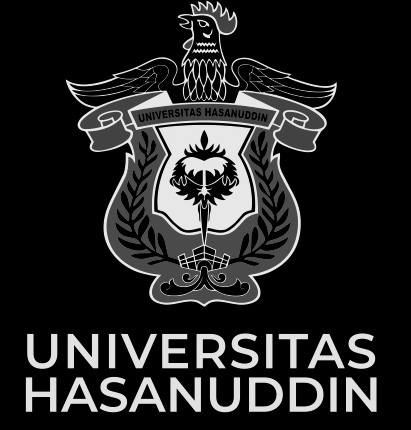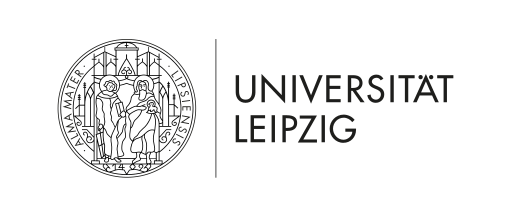MACACA MAURA PROJECT
FIELD SITE
Our work is conducted in South Sulawesi (Indonesia), where we currently work at two different locations around 200Km apart. Sulawesi Island lies at the centre of the Wallacea biodiversity hotspot and is inhabited by several endangered and endemic species (Myers et al. 2000), including the common water monitor (Varanus salvator), sailfin lizard (Hydrosaurus amboinensis), flying lizard (Draco walkeri), green pit viper (Tropidolaemus subannulatus), giant swordtail (Graphium androcles), bear cuscus (Ailurops ursinus), small Sulawesi cuscus (Strigocuscus celebensis), Malay civet (Viverra tangalunga), knobbed hornbill (Aceros cassidix), Sulawesi pitta (Erythropitta celebensis), Sulawesi hawk-eagle (Nisaetus lanceolatus), and two species of non-human primates, the spectral tarsier (Tarsius tarsius) and the moor macaque.
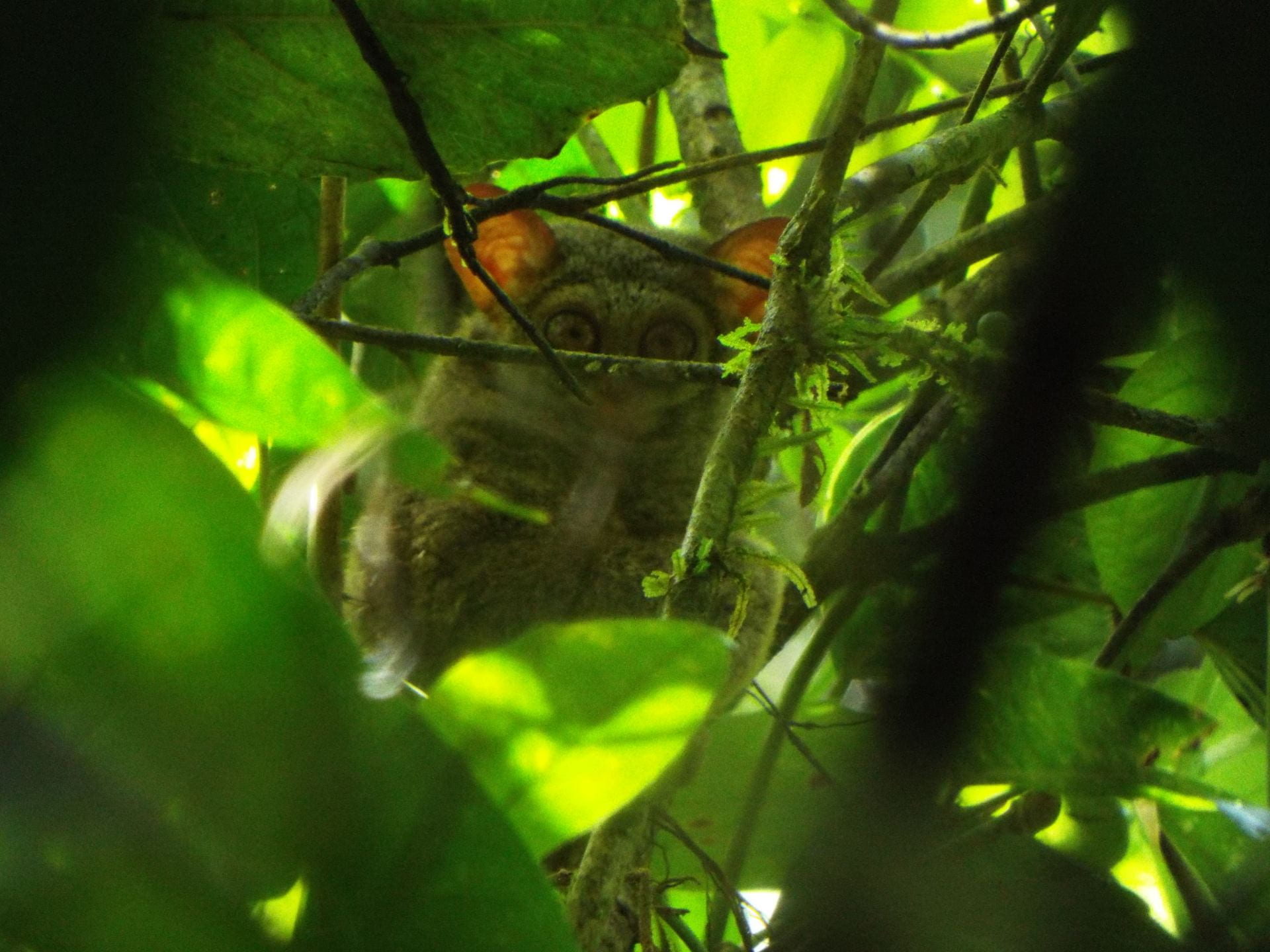
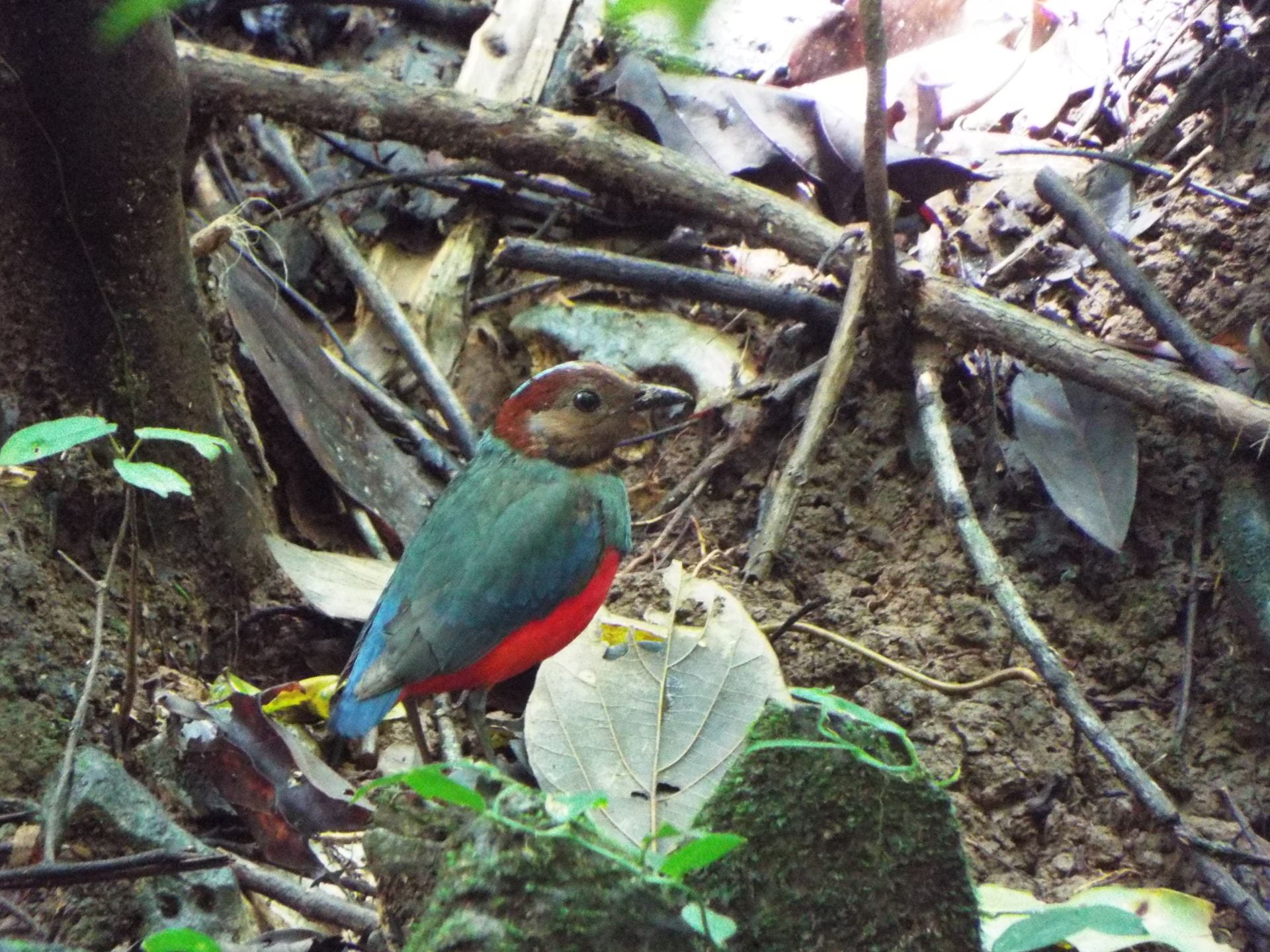
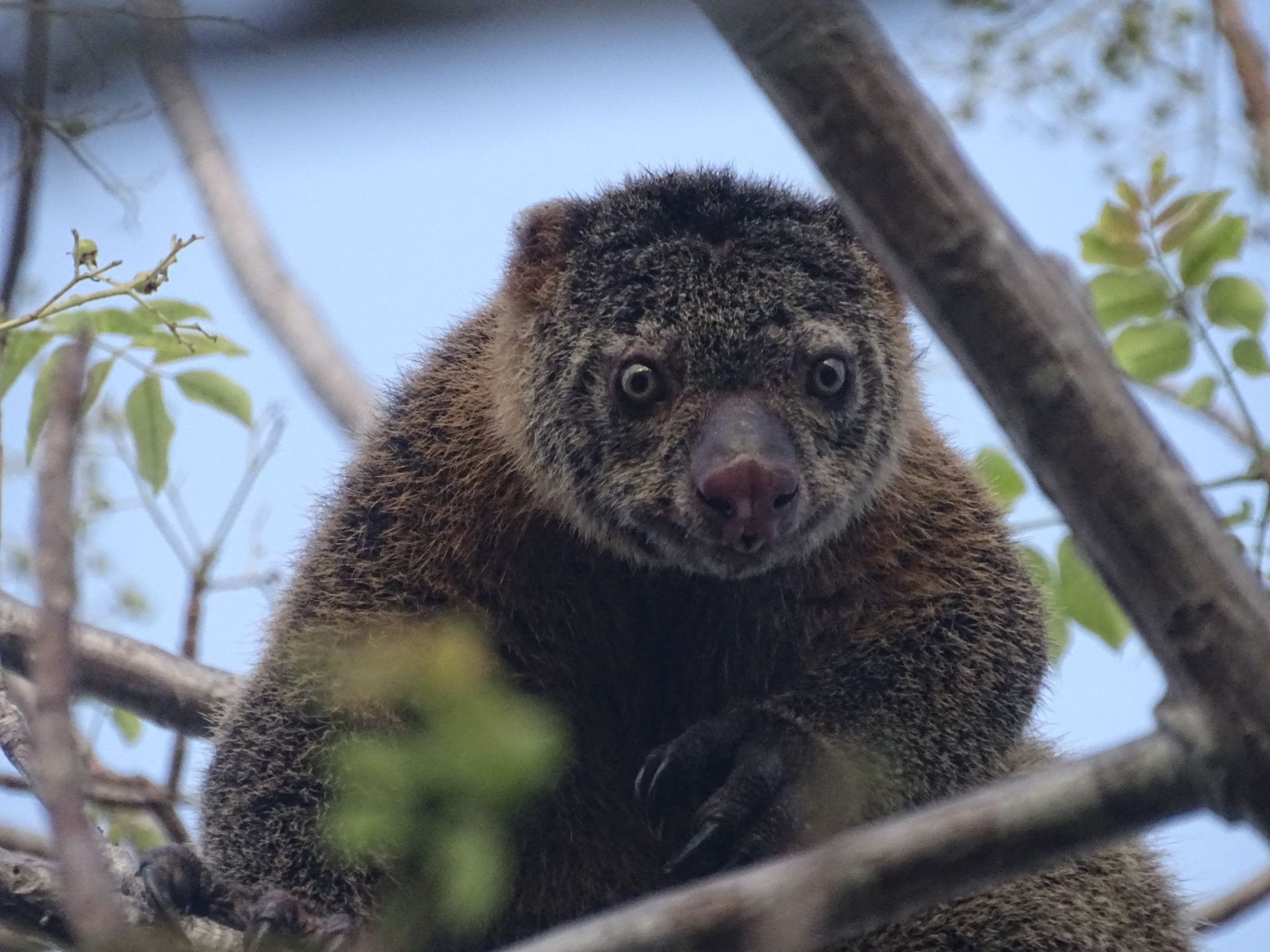
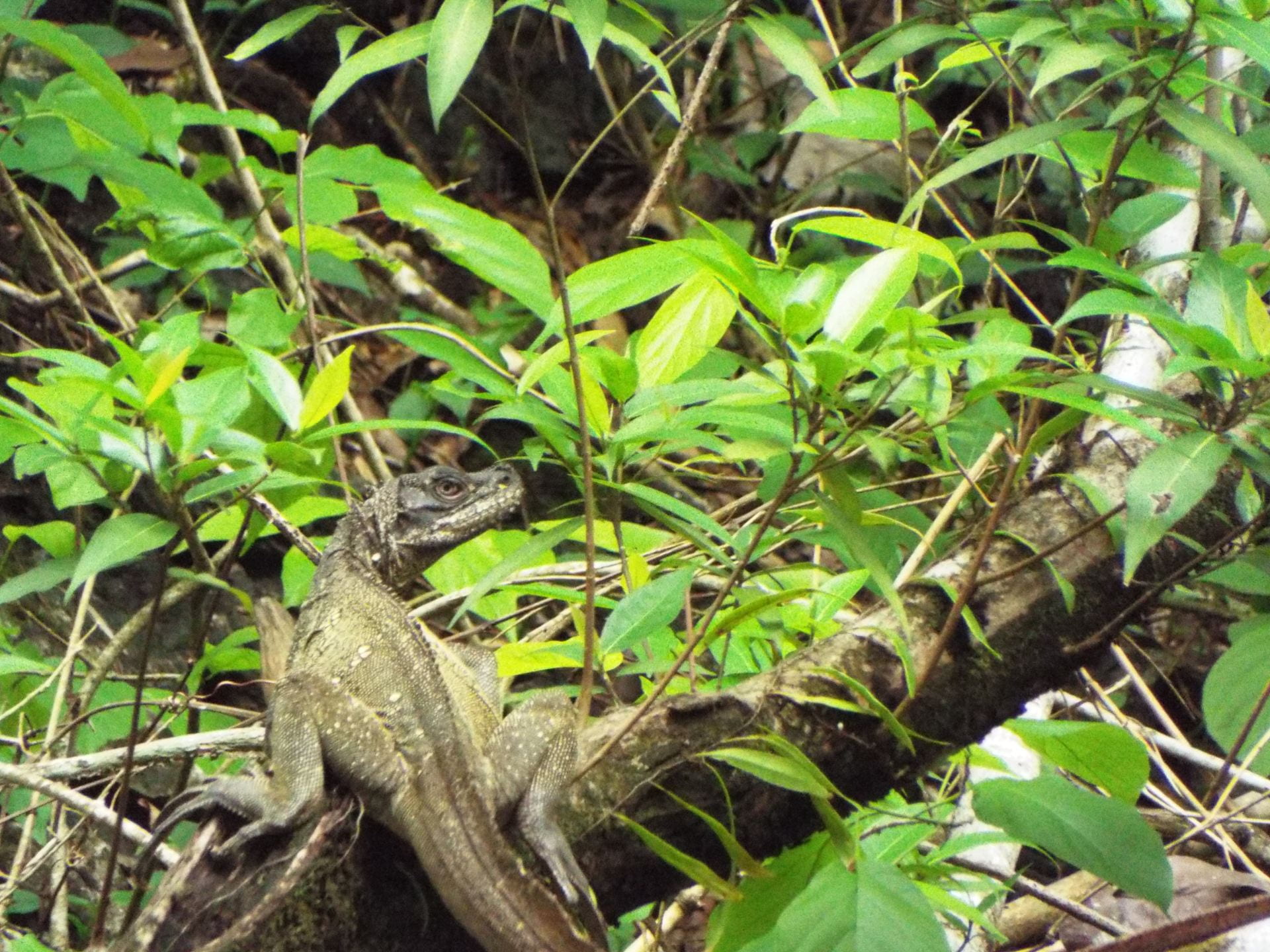
The two sites where we conduct our work host a number of groups of moor macaques, as well as several other species, but are characterised by different ecological conditions. The first site is just outside the Bantimurung-Bulusaraung National Park, near the village of Bengo; it extends for around 1,300 ha and it is managed by one of the MMP collaborating institutions (Hasanuddin University). The site lies at an altitude of 400-800 meters a.s.l. and it is covered by a tropical secondary forest, with patches of pines (Pinus merkusii) and acacias (Acacia auriculiformis, A. mangium). The area is mountainous, surrounded by karsts mountains and rice fields. Average temperature is between 20-30ºC, with a rainy season between November and March.
The second site is on the coast; it is covered by savannah forest mixed with middle-size vegetation. The weather is warm and dry, with temperatures usually reaching 35ºC during the day, and a rainy season from December to February. The site altitude ranges from 0-100 meters a.s.l.
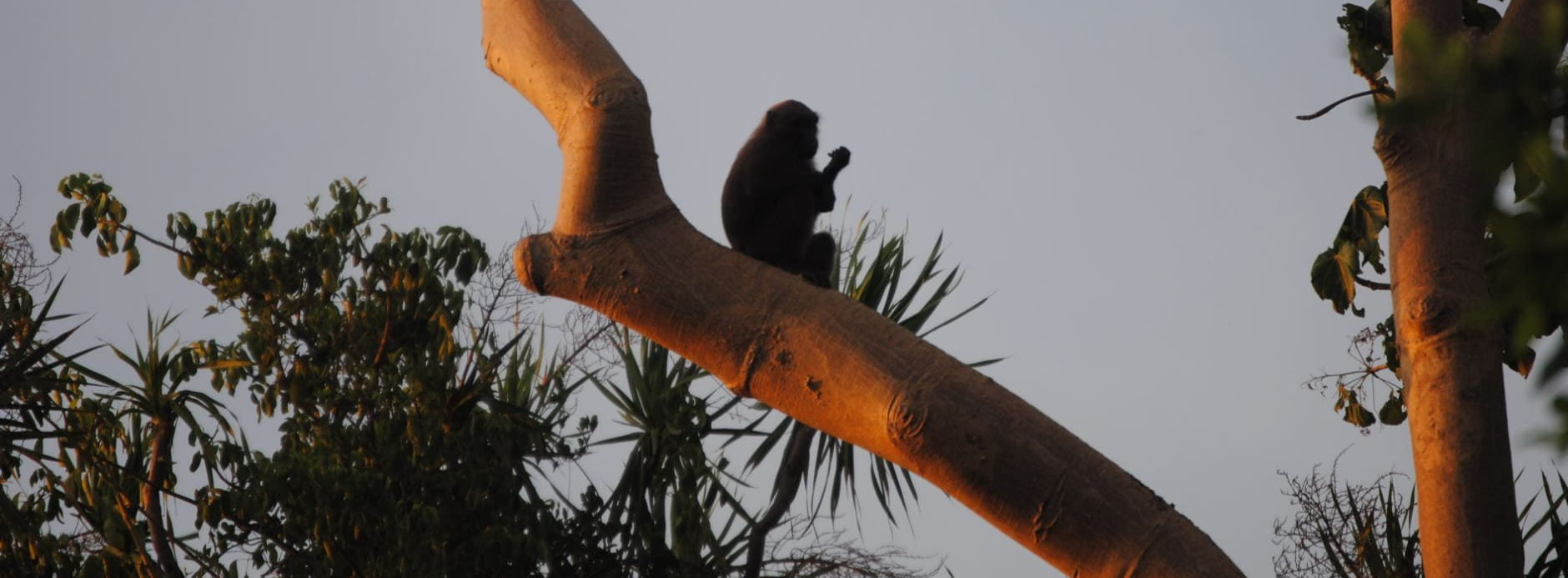
MACACA MAURA PROJECT
FIELD SITE
MACACA MAURA PROJECT
FIELD SITE
Our work is conducted in South Sulawesi (Indonesia), where we currently work at two different locations around 200Km apart. Sulawesi Island lies at the centre of the Wallacea biodiversity hotspot and is inhabited by several endangered and endemic species (Myers et al. 2000), including the common water monitor (Varanus salvator), sailfin lizard (Hydrosaurus amboinensis), flying lizard (Draco walkeri), green pit viper (Tropidolaemus subannulatus), giant swordtail (Graphium androcles), bear cuscus (Ailurops ursinus), small Sulawesi cuscus (Strigocuscus celebensis), Malay civet (Viverra tangalunga), knobbed hornbill (Aceros cassidix), Sulawesi pitta (Erythropitta celebensis), Sulawesi hawk-eagle (Nisaetus lanceolatus), and two species of non-human primates, the spectral tarsier (Tarsius tarsius) and the moor macaque.
The two sites where we conduct our work host several groups of moor macaques, but are characterised by different ecological conditions. The first site is just outside the Bantimurung-Bulusaraung National Park, near the village of Bengo and it is managed by one of the MMP collaborating institutions (Hasanuddin University). The site lies at an altitude of 400-800 meters a.s.l. and it is covered by a tropical secondary forest, with patches of pines (Pinus merkusii) and acacias (Acacia auriculiformis, A. mangium). The area is mountainous, surrounded by karsts mountains and rice fields. Average temperature is between 20-30ºC, with a rainy season between November and March.

The second site is on the coast; it is covered by savannah forest mixed with middle-size vegetation. The weather is warm and dry, with temperatures usually reaching 35ºC during the day, and a rainy season from December to February. The site altitude ranges from 0-100 meters a.s.l.

